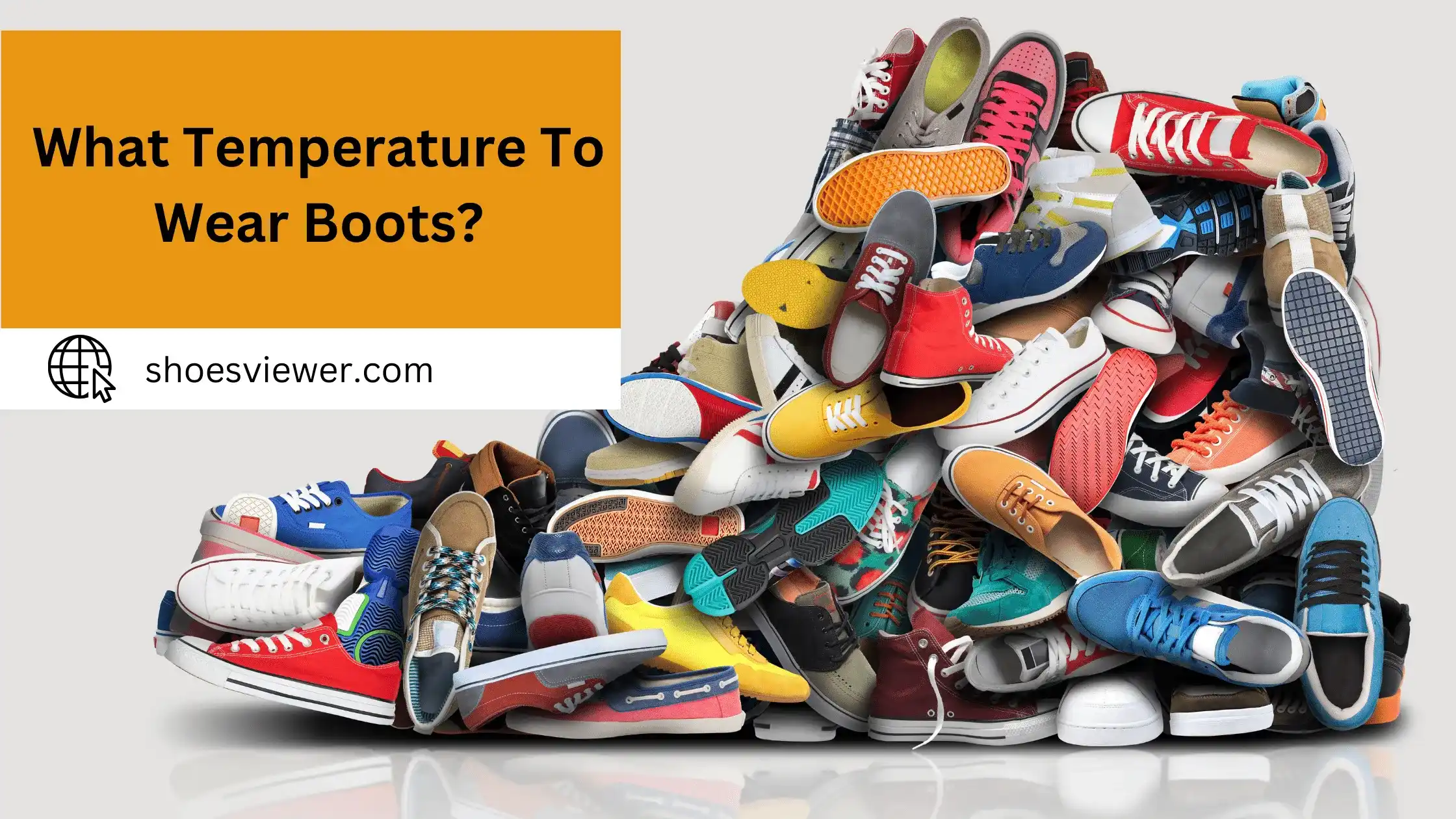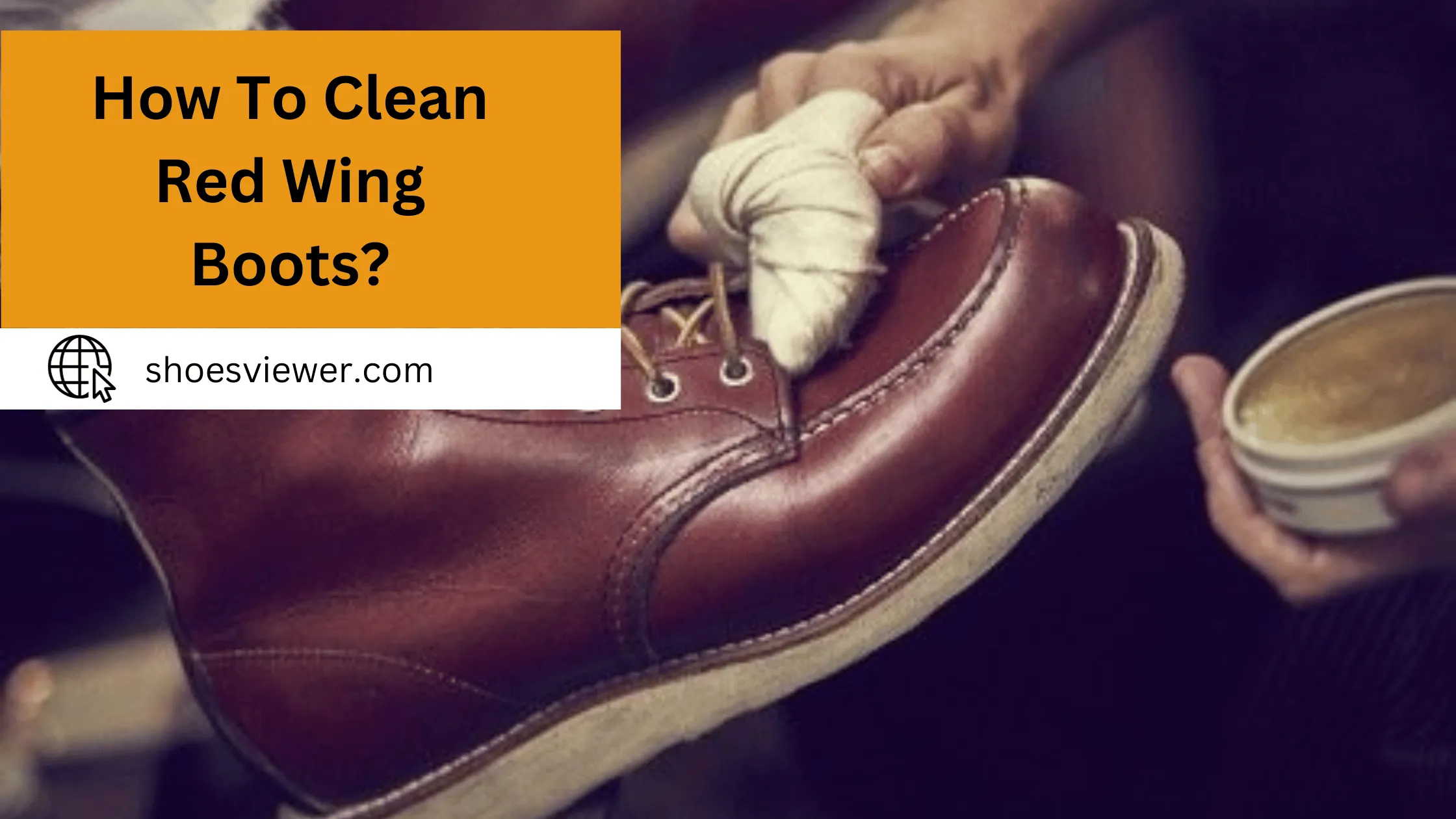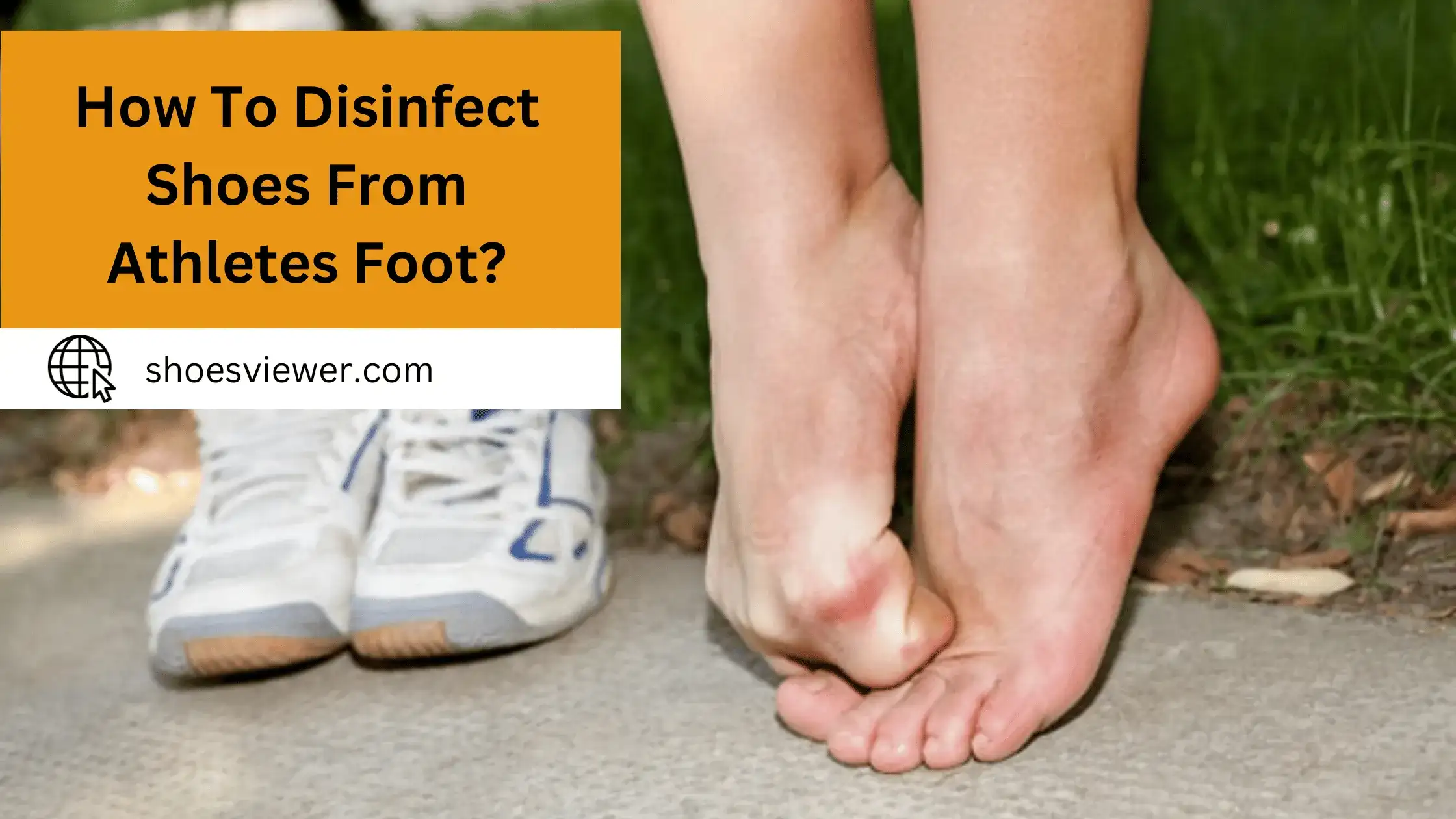When the weather turns cold, there’s nothing quite like slipping on a pair of warm, comfortable boots to protect your feet from the elements. But when temperatures dip towards freezing and below, it can be tricky to figure out exactly what temperature is appropriate for wearing boots. Whether looking for stylish options to keep your feet warm with fashion or extreme insulation-level protection against wind chill and snow, we’ve got you covered!
We’ll examine all the factors that come into play when deciding what temperature to wear boots in: personal comfort level, style considerations, apparel layering advice, footwear features for warmth, and more!The ideal temperature for wearing boots typically depends on the type of boot and the wearer’s comfort level.
However, as a general rule, temperatures ranging from 30°F to 60°F (-1°C to 15°C) are considered suitable for wearing standard leather or synthetic boots. Insulated winter boots would be the most appropriate during colder weather or in snowy conditions.
Importance of Considering Temperature When Choosing Boots:
The temperature of your environment plays a crucial role in determining which type of boots you should wear. The proper boots can protect your feet from extreme temperatures and weather conditions, while the wrong ones can lead to discomfort or health issues like frostbite or heat exhaustion.
For example, wearing insulated boots in hot weather can lead to excessive sweating, blisters, and discomfort. On the other hand, lightweight boots are inadequate for cold temperatures and can leave you at risk for cold-related ailments.
Therefore, considering the temperature is vital when selecting boots for outdoor activities or travel.
Types of Boots for Different Temperatures:
When it comes to boots, one size certainly does not fit all. Different boots are suited to ensure comfort and functionality depending on the temperature.
Hot Weather Boots:
Breathable Hiking Boots:
These are usually made with synthetic materials like nylon mesh that allow optimal airflow, helping wick away sweat and keep your feet dry.
Desert Boots:
These boots are specially designed for hot, arid conditions. They are often made of lightweight leather or suede and may feature a breathable lining for extra comfort.
Ventilated Tactical Boots:
Mainly used by professionals like soldiers or police officers, these boots are designed for durability without compromising breathability. They often have ventilation holes and moisture-wicking linings.
Cold Weather Boots:
Insulated Winter Boots:
These boots, designed with a layer of insulation, often made from synthetic materials like Thinsulate or natural materials like wool, help retain body heat.
Snow Boots:
These are waterproof or water-resistant boots with deep treads to help you navigate through snow and slush. They also usually feature a high-ankle design to keep snow out.
Mountaineering Boots:
These are specialized boots designed for icy conditions and high altitudes. They usually feature heavy insulation and are made from durable, water-resistant materials.
Common Mistakes to Avoid When Wearing Boots in Various Temperatures:
Avoid Wearing Insulated Boots in Warm Weather:
Insulated boots are great for cold temperatures but can cause overheating and excessive sweating if worn in warm weather. This can lead to discomfort, blisters, and potential foot infections.
Not Wearing Moisture-Wicking Socks:
Regardless of temperature, pairing your boots with moisture-wicking socks is crucial. These socks draw sweat away from your feet, keeping them dry and comfortable in all conditions.
Neglecting to Waterproof Your Boots:
In cold and wet conditions, waterproofing your boots is essential. Failing to do so can lead to wet feet, a surefire way to decrease comfort, and potentially hypothermia in freezing weather.
Wearing the Wrong Size:
Boots that are too tight or loose can cause discomfort, blisters, or injuries. It’s crucial to ensure your boots fit well, especially if you wear them in extreme temperatures.
Overlooking Breathability in Hot Conditions:
In hot weather, breathability is vital to avoid overheating. Failing to choose breathable footwear can trap heat, leading to discomfort and potential foot issues.
What are Some Expert Advice on Wearing Boots?
- The material of the boots will have a direct impact on their breathability and insulation. Materials like mesh and certain types of synthetic leather are more breathable, making them suitable for hot weather.
- A high-ankle design provides extra support and protection from cold and snow. A lower ankle height will allow for more ventilation for hot and dry conditions.
- The type of sole not only affects the boot’s grip but also its insulation from ground temperatures. Rubber soles are versatile, offering good traction and some degree of insulation.
- Light-colored boots will reflect more sunlight, making them a better choice for hot climates. Dark-colored boots absorb and retain heat more efficiently, making them suitable for cold weather.
- The thickness of your socks can significantly affect the boot’s fit. You’ll likely wear thicker thermal socks in cold weather, so try on boots with these kinds of socks.
- In hot climates, look for boots with added ventilation features like perforations, mesh panels, or moisture-wicking linings to keep your feet dry and comfortable.
- waterproof or water-resistant boots are essential in cold and wet conditions. However, waterproof boots can also be helpful in tropical, rainy conditions.
Considering these factors will enable you to choose boots that are not only comfortable but also tailored to the specific temperature conditions you’ll be facing.
Conclusion:
Wearing boots in almost any climate with the proper temperature can be an enjoyable experience. Not only are they stylish, but they are suitable for the elements, too. Insulated winter boots provide more protection from the environment than traditional shoes, so if you’re going to be outdoors in potentially tricky weather, these boots may be the way to go.
Of course, getting your measurements or checking out a chart to know what temperatures to wear boots in for maximum comfort and safety is essential. And if all else fails? Don’t be afraid to try on a pair and see how they fit! With warmth and fashion both in mind when choosing footwear, you’ll come away with some excellent footwear for wintery days ahead!







